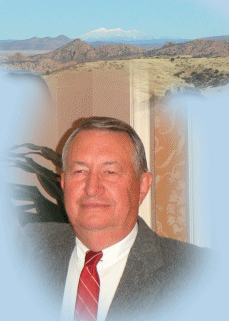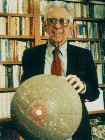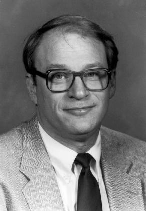 |
Emeritus Research Professor of Physics
Ph.D., 1963, University of Colorado
Within the next half decade sizable markets ($10B annually) for large area
display devices for high definition television (HDTV) and workstations are
anticipated. The possible candidates to fabricate large screens are: 1)
cathode ray tubes (CRT); 2) liquid crystal displays (LCDs); 3) light
emitting diodes (LEDs); and 4) plasma display panels (PDPs). Currently,
the most promising technology appears to be PDPs. A computer code which
simulates the operation of a monochrome or color plasma display picture
element is being developed by the theoretical plasma group at The
University of Toledo. The fabrication of a prototype color plasma display
panel (CPDP) is a time-consuming and costly job if it is done each time new
ideas are to be incorporated into the design. Parametric studies of design
changes can become major expenditures of research funding. If a reliable
computer simulation of a PDP element is available, then changes in design
and their influence on the final display panel can be studied rapidly and
relatively inexpensively. The time and cost from drawing board to prototype
and final design can, in principle, be greatly reduced. Some of the
desirable features to incorporate into such a code are ways to study
computationally: increased luminosity output, extended PDP lifetime, and
lower power consumption (increased efficiency). In addition, there is
valuable knowledge gained about the fundamental way a PDP operates. In
order to be useful in research and development environments, the code must
be able to provide reasonable turn-around time in studying design
modifications. Research collaboration with local industries and national
laboratories has been rather successful.
|
 Professor of Astronomy Emerita
Professor of Astronomy Emerita Professor of Astronomy Emerita
Professor of Astronomy Emerita Distinguished University Professor of Astrophysics Emeritus
Distinguished University Professor of Astrophysics Emeritus  Adjunct Professor of Physics
Adjunct Professor of Physics